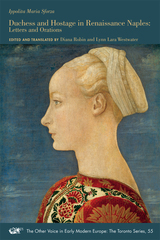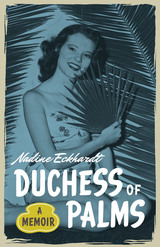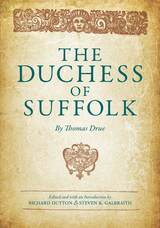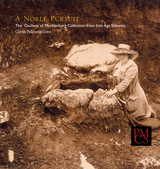


A “fifties girl” tells the fascinating story of her marriages to novelist Billy Lee Brammer and Congressman Bob Eckhardt, and how these relationships propelled her into the multifaceted life she led on her own terms.
Child of the Great Depression, teenage "Duchess of Palms" beauty queen, wife of an acclaimed novelist and later of a brilliant U.S. congressman, and ultimately a successful single working woman and mother, Nadine Eckhardt has lived a fascinating life. In this unique, funny, and honest memoir, she recounts her journey from being a "fifties girl" who lived through the men in her life to becoming a woman in her own right, working toward her own goals.
Eckhardt's first marriage to writer Billy Lee Brammer gave her entrée to liberal political and literary circles in Austin and Washington, where she and Brammer both worked for Senator Lyndon B. Johnson. She describes the heady excitement of LBJ's world—a milieu that Brammer vividly captured in his novel The Gay Place. She next recalls her second marriage to Bob Eckhardt, whom she helped get elected to the U.S. House of Representatives, as well as her growing involvement with the counterculture of social protest, sexual revolution, and drug use. Eckhardt honestly recounts how the changing times changed her perception of herself, recalling that "I didn't know how to achieve for myself, only for others, and I felt ripped off and empty." This painful realization opened the door to a new life for Eckhardt. Her memoir concludes with a joyful description of her multifaceted later life as a restaurateur, assistant to Molly Ivins, writer, and center of a wide circle of friends.

With this volume, Dutton and Galbraith provide a critical apparatus that situates The Duchess of Suffolk in historical context and suggests an explanation for its continued resonance. They account for the play’s censorship in 1624 by detailing how it evoked contemporary parallels to the controversial foreign policy of King James I. More specifically, the editors offer an introduction that includes a historical overview of the author, staging, printing, and reception. Facing facsimiles of the original are pages with the updated text, complete with annotations to clarify language and staging details. This edition of The Duchess of Suffolk will have something to offer to early modern drama scholars as well as scholars of book history.

In 1905, to the consternation of her family and in defiance of convention, the 48-year-old Duchess Paul Friedrich of Mecklenburg took up the practice of archaeology. In the nine years leading up to the First World War, she successfully excavated twenty-one sites in her home province of Carniola (modern Slovenia), acquiring the patronage of Austro-Hungarian Emperor Franz Josef I and German Kaiser Wilhelm II. Mentored by the most important archaeologists of her time—Oscar Montelius and Josef Dechellette—the Duchess became an accomplished fieldworker and an important figure in the archaeology of Central Europe. Gloria Greis incorporates previously unpublished correspondence and other archival documents in this colorful account of the Duchess of Mecklenburg and her work.
The Mecklenburg Collection, the largest systematically excavated collection of European antiquities outside of Europe, resides in Harvard’s Peabody Museum of Archaeology and Ethnology. The sites excavated by the Duchess, which encompass the scope of Iron Age cultures in Slovenia, form an important resource for studying the cultural history of the region. A Noble Pursuit presents a selection of beautifully photographed artifacts that provide an overview of the scope and importance of the collection as a whole and attest to the enduring quality of the Duchess’s pioneering work.
READERS
Browse our collection.
PUBLISHERS
See BiblioVault's publisher services.
STUDENT SERVICES
Files for college accessibility offices.
UChicago Accessibility Resources
home | accessibility | search | about | contact us
BiblioVault ® 2001 - 2024
The University of Chicago Press









